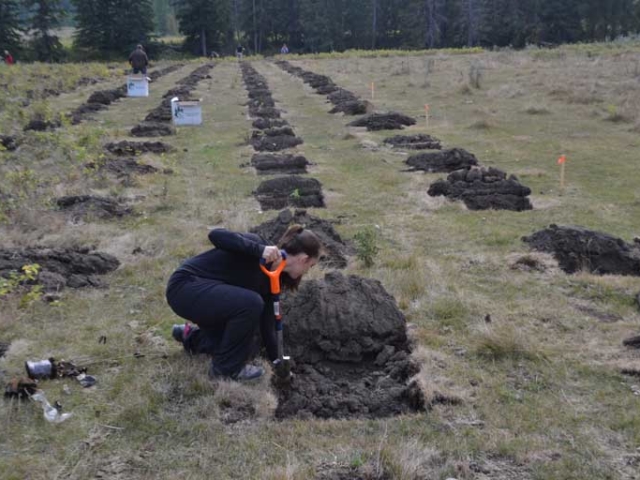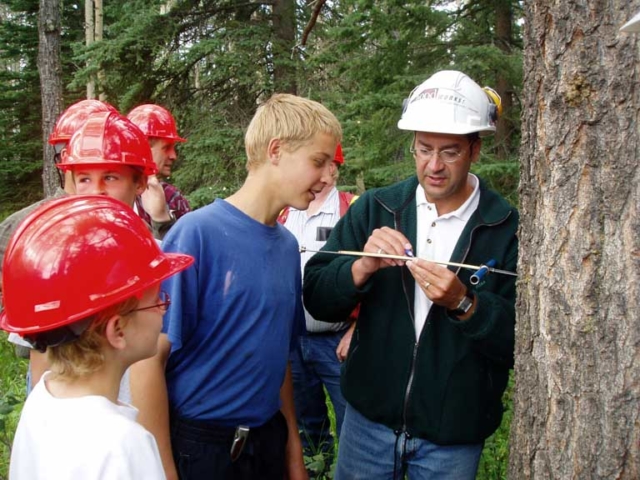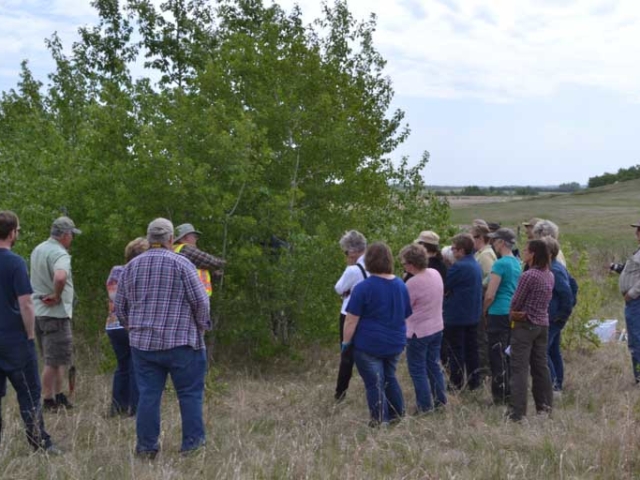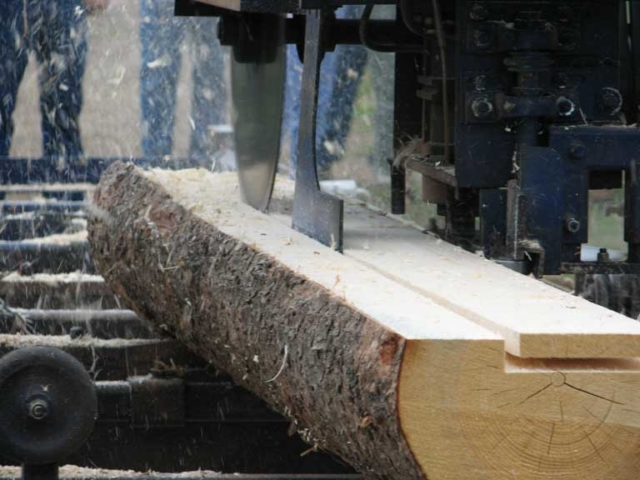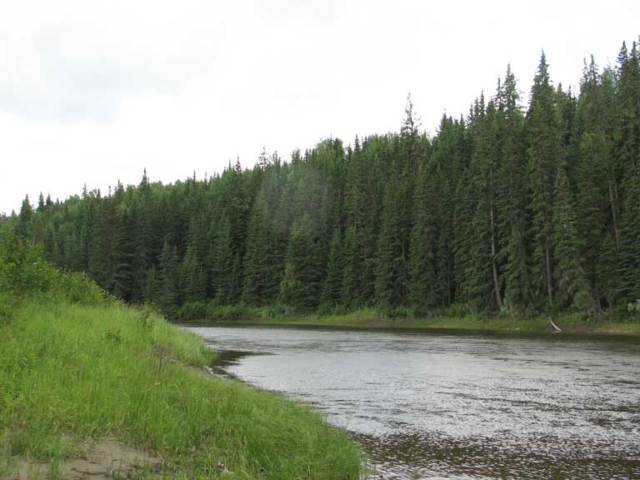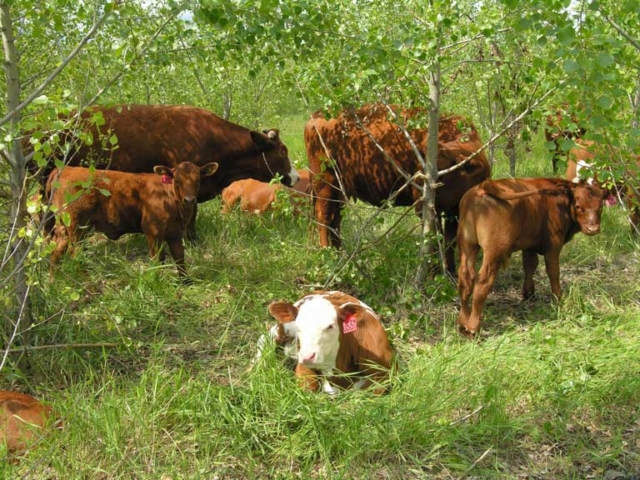Noel St. Jean of the Agroforestry and Woodlot Extension Society had the pleasure of being asked to write an article for the Lakeland Agricultural Research Association (LARA) in the fall of 2019. The topic of silvopasture has been covered by a number of different organizations, highlighting the potential for silvopasture agroforestry systems to diversify agricultural land while also promoting a more sustainable approach to cattle grazing. Similar to traditional rotational grazing, silvopasture includes the planting of trees around field perimeters or retaining native forest cover and allowing livestock to temporarily graze in and around these areas. Noel discusses some limitations and challenges in the process of silvopasture that can be addressed by simple management techniques.
Retention of forest cover improves crop yields, particularly of hay, by improving the field microclimate. Maintaining tree cover also ensures that you are harnessing high carbon sequestration rates, improving soil quality and feeding the soil microbiome, in addition to improving vegetation biodiversity which in turn improves wildlife and insects populations.
For full article see Volume 10 Issue 2 of Lakeland Agricultural Research Association’s “The Verdant Element” here.

